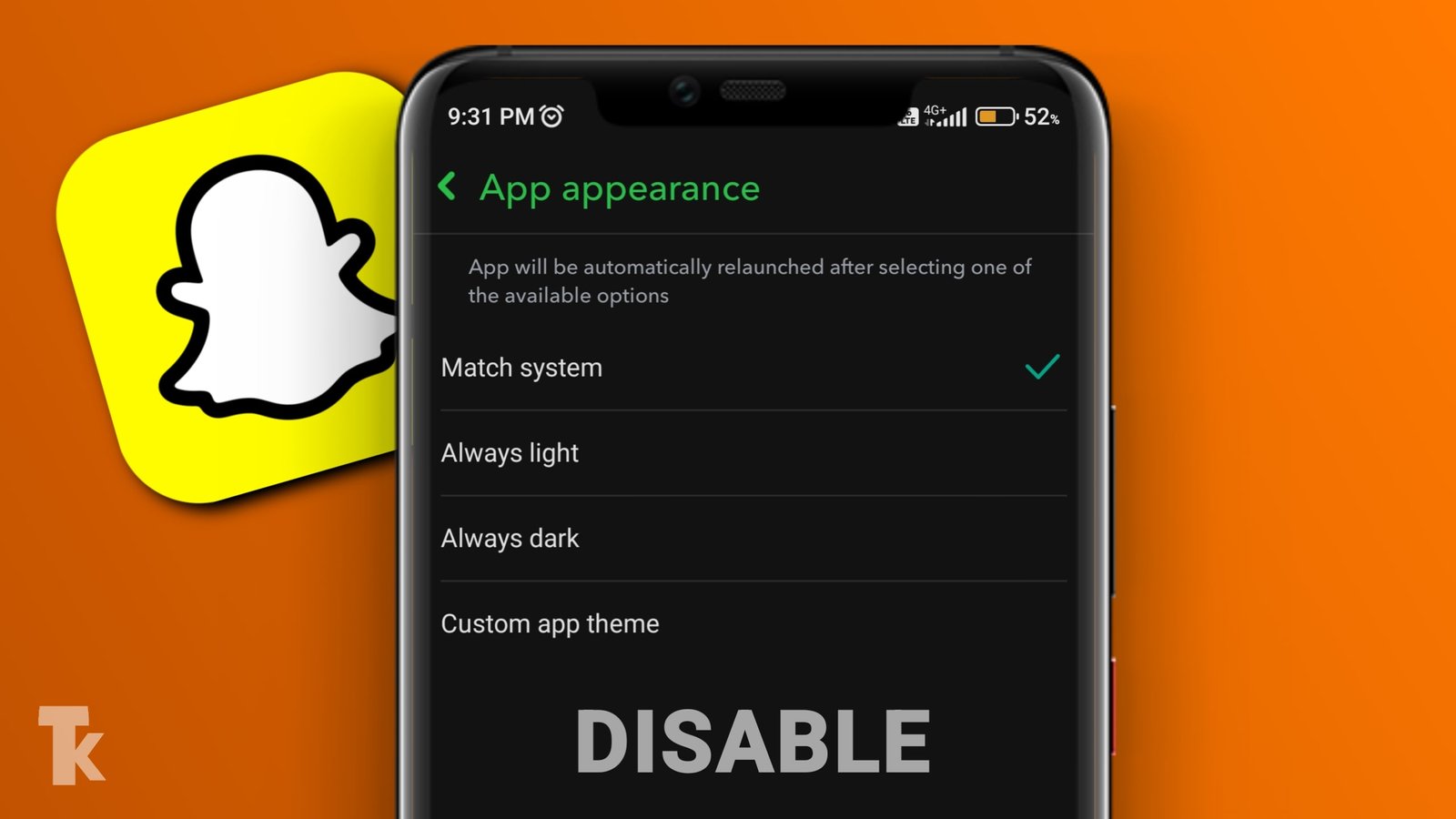Quick Verdict: In 2025, the choice between Patreon and Substack depends on your content format. Substack takes a flat 10% fee and excels with its internal recommendation engine, making it ideal for writers and newsletter-first creators. Patreon charges tiered fees (5%–12%) and offers robust API integrations, making it better for multimedia creators and complex community memberships. Choose Substack for growth; choose Patreon for customization.
Surprising fact: businesses now report 47% success with microinfluencer partnerships, showing smaller niche creators drive real results.
In this short guide, we show how you can turn your content and loyal fans into steady revenue. You will learn how to earn money from blogs, videos, podcasts, and live classes. We also explain practical steps to pick a platform and price your offers.
We compare direct-to-fan tools like Patreon and Substack with larger social media paths. You’ll see when ads and views help, and when subscriptions or products pay better. We focus on clear offers, audience fit, and a reliable content cadence that grows income without confusing your community.
Short, actionable steps follow in this article so you can set up a member first offer, track basic metrics, and avoid platform lock-in.
Key Takeaways
- Smaller, niche creators can drive measurable revenue faster than mass reach.
- This guide shows platform choice, pricing, and perk design to help you earn money.
- Direct subscriptions (Patreon, Substack) stack well with social media when planned.
- Focus on offer clarity, audience fit, and content cadence—not just views or ads.
- You’ll get eligibility rules and a simple revenue plan to act on this week.
Why direct-to-fan models matter in 2025 for U.S. creators
A shift to member-supported content lets independent creators keep control of their audience and cash flow.
Direct models cut your reliance on social media algorithms. Moving some income to members reduces the hit from CPM swings and variable views.
Mobile drives most consumption today. With ~53% of web traffic on phones, and >70% of YouTube time on mobile, your offers must be fast and simple to buy on small screens.
You own the relationship. Collect emails, build a community, and keep reach even if a platform changes rules. Predictable subscriptions replace one-off brand deals and ease cash flow worries.
- Smaller, niche audiences often pay more per person than mass reach.
- Testing prices and perks takes weeks, not months of brand back-and-forth.
- Use social channels for top-of-funnel traffic, then convert loyal users to members.
| Feature | Direct Subscriptions | Social Platforms |
|---|---|---|
| Income predictability | Monthly steady revenue | Depends on views and CPMs |
| Audience ownership | You own emails and list | Platform controls access |
| Mobile experience | Optimized paywalls win conversions | Often frictioned by apps and feeds |
| Speed to test offers | Fast A/B tests and bundles | Slower—depends on brand cycles |
Creator monetization: understanding the core revenue paths before you choose

Before you pick a platform, map the realistic revenue paths your content can follow.
Different formats lend themselves to different ways to earn. Subscriptions give steady income and work well for articles, videos, and member-only updates.
Sponsorships and sponsored content pay more per placement. They require brand fit and clear disclosure, and they scale with views and trust.
Programmatic ads are passive. You earn from impressions and clicks, but RPM swings with season and niche. Videos often perform best here.
Affiliate marketing—through networks like Amazon Associates or Impact—fits tutorials, reviews, and gear lists. Commissions add up when links convert.
Products and services give the most control. Digital downloads, courses, coaching, and merch offer higher margins and clear outcomes.
Mixing two to three paths protects income. For example, subscriptions + affiliates + a quarterly cohort course balance steady and high-ticket revenue.
- Match format to model: video = ads/sponsorships; articles/newsletters = subs & affiliates; podcasts = sponsorships + memberships.
- Price by value: your audience pays for results, not minutes.
- Track early signals: clicks, conversions, and subscription uptake to decide where to invest.
Choosing your platform stack: Patreon, Substack, or both?

Picking the right platform stack starts with how your audience prefers to consume your work. It is also the best time to review Platform fees 2025 to ensure you aren’t losing too much revenue to overhead.
Decision criteria: audience behavior, content cadence, and pricing power
Start with cadence. If you publish weekly essays, Substack fits. If you ship multi-format perks, gated posts, and community events, Patreon shines. This fundamental choice between a Newsletter vs Membership model dictates your revenue ceiling.
Price with intent. Patreon’s tier system creates upsell paths. Substack’s simple monthly or annual plans suit straightforward subscription offers.
Owning your list vs. renting reach: portability and lock-in considerations
Protect your access. Substack lets you export subscribers so you keep the list. Patreon focuses on member perks and in-platform community tools.
- Use both if your audience is split: essays on Substack for access; deeper benefits and community on Patreon.
- Avoid lock-in: ensure Email list portability so you aren’t locked in if platform rules change.
- Evaluate the app experience — a smooth mobile app improves retention and long-term revenue.
Model your expected conversion and churn and revisit the stack quarterly. Your audience and goals will change, and the right mix may shift with them.
How to launch and scale on Patreon
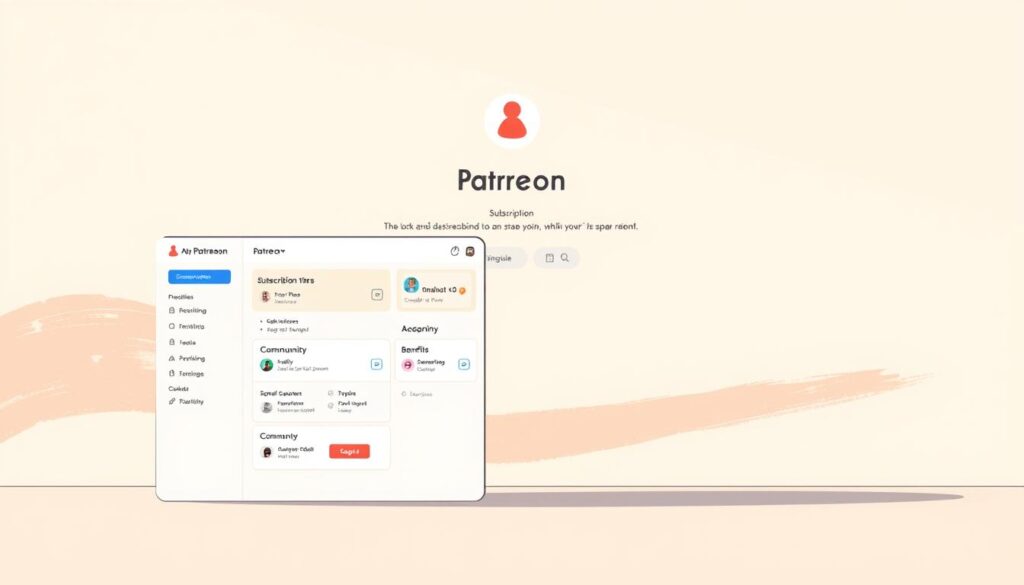
Start small on Patreon: define one clear offer and expand as members join. This platform is free to start, so focus first on value and clarity.
Build 2–3 tiers that map to real needs. For example, a $5 tier for extras, $10 for community access and Q&A sessions, and $25+ for mentorship or behind-the-scenes work.
Offer exclusive content that you can deliver every month—short essays, artwork, or a members-only podcast. Add community perks like a private chat or monthly live hangout.
Paywalls, donations, and commerce tools
Enable a simple paywall for paid posts and let followers donate without expecting ongoing benefits. Donations help early funding; tiers create steady revenue.
As revenue grows, add commerce tools. Leveraging Patreon API integrations allows you to connect deeper tools like Discord roles or private storefronts to your membership.
Retention: rhythm and ongoing value
Keep members with a predictable cadence: one public teaser, one member drop, and a weekly community touchpoint.
- Launch with a member welcome post, benefits calendar, and FAQ to reduce friction.
- Use limited-time bonuses to accelerate signups (first 100 members get a live workshop).
- Ask for support with a clear narrative—explain how funds improve your content and community.
Track churn reasons and respond with polls, member spotlights, and small upgrades. Reinvest early revenue into onboarding and scalable perks to grow recurring monthly subscription revenue over time.
How to launch and grow on Substack

Substack gives you a clear path from free posts to paid subscriptions when your readers ask for more.
Free-to-paid strategy: Start by publishing useful, public content to validate demand. The Substack recommendation engine is a powerful growth lever, driving free signups from other newsletters automatically. Announce a go-paid date and show previews of premium pieces. Keep some articles public as top-of-funnel magnets.
Decide what to paywall: deep analysis, templates, or live office hours work well. Position annual plans with a bonus — for example, an exclusive workshop — to boost upfront revenue.
Pricing scenarios: Monthly gives flexibility; annual nets more cash up front. Example: 1,000 paid subscribers at $5/month ≈ $60,000/year before fees. Run a quarterly pricing review using open rates and retention data.
- Use threads for engagement and early feedback.
- Optimize the app experience with short intros and mobile-friendly images.
- Emphasize portability—subscribers can follow you if you move platforms.
Track conversion by topic and double down on the content that drives upgrades. Share member quotes as social proof to lift signups and steady your revenue.
Stacking memberships with Meta: Facebook and Instagram subscriptions
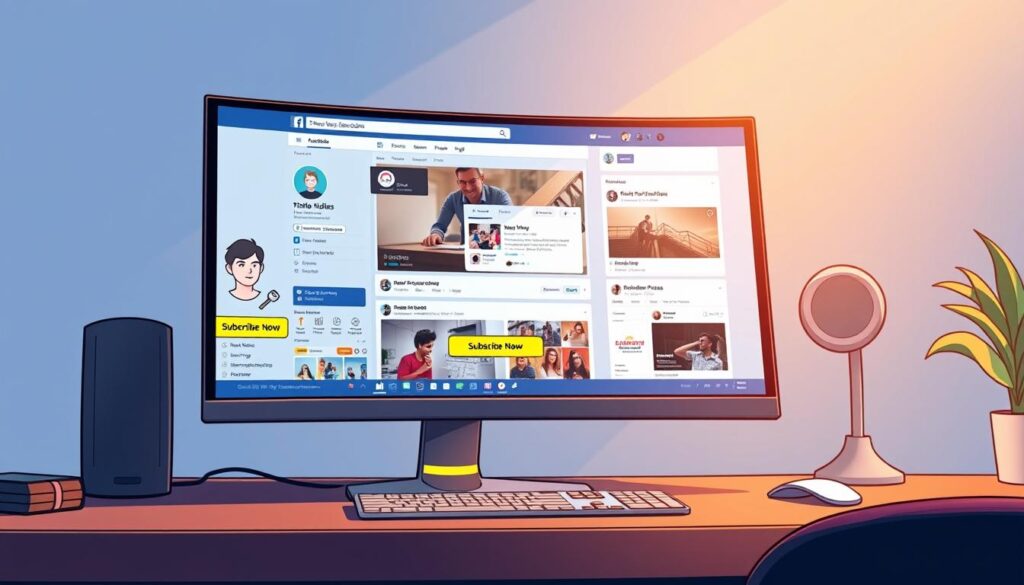
Meta now offers in-app subscription tools that help you keep fans close while selling upsells off-platform. You can deliver member posts inside the app and use Creator Studio to manage subscriber labels and cadence.
Position exclusive content on social for quick wins and use a membership home for deep value. Use Meta subscriptions for lightweight perks—Stories, Reels, badges—then save courses and long-form work for Patreon or Substack.
Using Meta tools without cannibalizing your main membership
- Label subscriber posts clearly in Creator Studio and set a schedule you can keep.
- Tease benefits on feed and Stories, then link to your full offer page to promote products and deeper tiers.
- Keep social perks bite-sized. Reserve major value drops for your core platform to avoid cannibalization.
- Run monthly campaigns that spotlight member wins and behind-the-scenes access to drive conversions and views.
- Track which posts convert to subs, use DMs and comments as idea signals, and keep welcome flows short and friendly.
Monetizing with Facebook tools beyond subs: ads, Brand Collabs, Shops
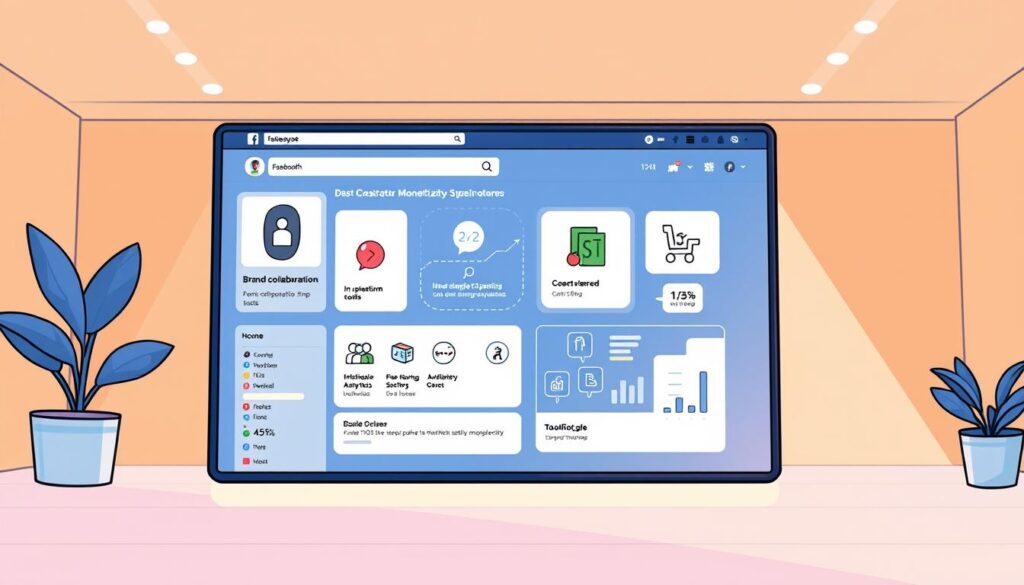
Facebook offers more than subscriptions—its ad, shop, and brand tools can turn audience attention into direct revenue. Start by checking eligibility in Creator Studio.
In-Stream Ads: eligibility and best practices
To qualify for In-Stream Ads you need videos at least three minutes long, 30,000 one‑minute views in the last two months, and 10,000 followers.
Use a series format and strong hooks to keep viewers past one minute. Track retention weekly and refine your length and opening 15 seconds.
Brand Collabs Manager and tagging
Use Brand Collabs Manager to pitch aligned partners and manage deals. Always tag branded content so brands can see performance and you stay compliant.
Tagging improves transparency and helps protect your program earnings under Meta’s Partner and Content Monetization Policies.
Facebook Shop and Live Shopping to convert fans
Build a Shop with crisp photos, short copy, and a streamlined checkout. Then use Live Shopping to demo items and pin buy links in real time.
Sequence your funnel: short native posts → in-depth 3‑minute video → Shop or subscription call to action. Test seasonal bundles and limited runs to create urgency.
| Tool | Goal | What to track |
|---|---|---|
| In-Stream Ads | Ad revenue from mid-roll | Retention rates, CPM, eligible video length |
| Brand Collabs Manager | Paid partnerships | Engagement, branded content reach, partner KPIs |
| Facebook Shop & Live | Product sales | Conversion rate, average order, live checkout clicks |
Follow Partner Monetization Policies to avoid interruptions. Repurpose top-performing content across platforms like facebook and Instagram to compound reach.
For a step-by-step guide on selling on Facebook and related tactics, see how to monetize on Facebook.
YouTube in 2025: YPP, channel memberships, and Premium revenue
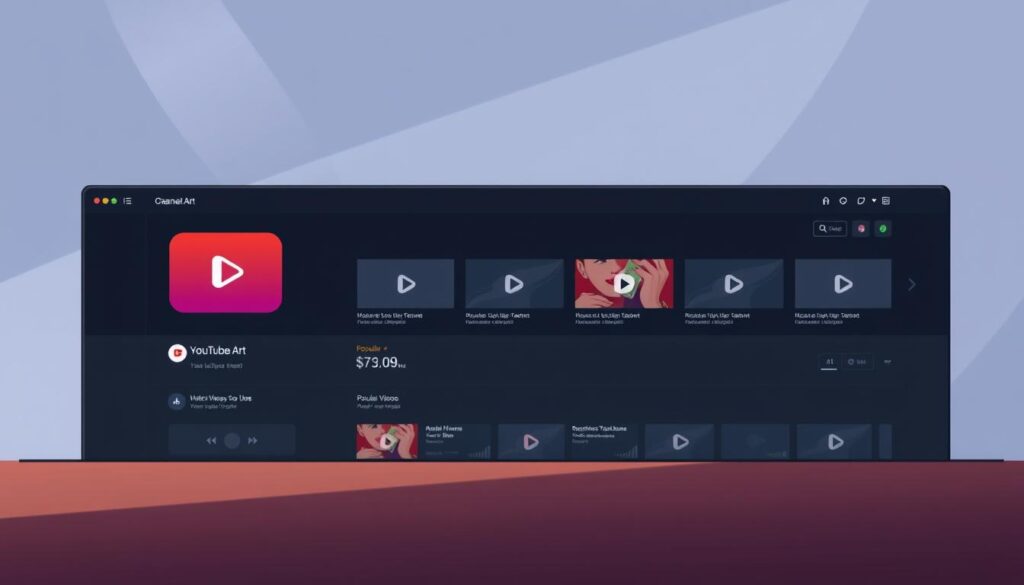
YouTube still pays when you treat your channel like a product: consistent offers, clear formats, and repeatable drops help turn attention into steady revenue.
Eligibility basics
To join the YPP you typically need 1,000 subscribers and a watch hour threshold (historically 4,000 hours over 12 months). Aim for a regular upload schedule and strong retention to hit these marks.
Memberships, Supers, and shopping
Channel memberships lock in monthly supporters with badges, emojis, and member-only posts. Use clear tier benefits to convert superfans.
Live streams and VODs can earn via Super Chat, Super Stickers, and Super Thanks. These tools turn engagement into direct tips during real-time interaction.
Enable YouTube Shopping to display products under your video and on the Store tab. This links product sales to watch behavior for extra revenue.
Revenue mix and format tips
- Ads plus YouTube Premium revenue sharing add incremental income when Premium viewers watch your content.
- Keep videos scannable: strong openings, chapter markers, and clear CTAs to boost watch time and conversion.
- Use Shorts and community posts to grow discovery, then funnel those viewers into longer videos and series.
- Track revenue sharing signals by comparing ad income, Premium splits, and live-stream tips by content type.
Treat each upload as a product test: define your promise, keep the format consistent, and iterate with analytics to improve views and long-term revenue.
Short-form money: How YouTube Shorts ad revenue sharing actually works
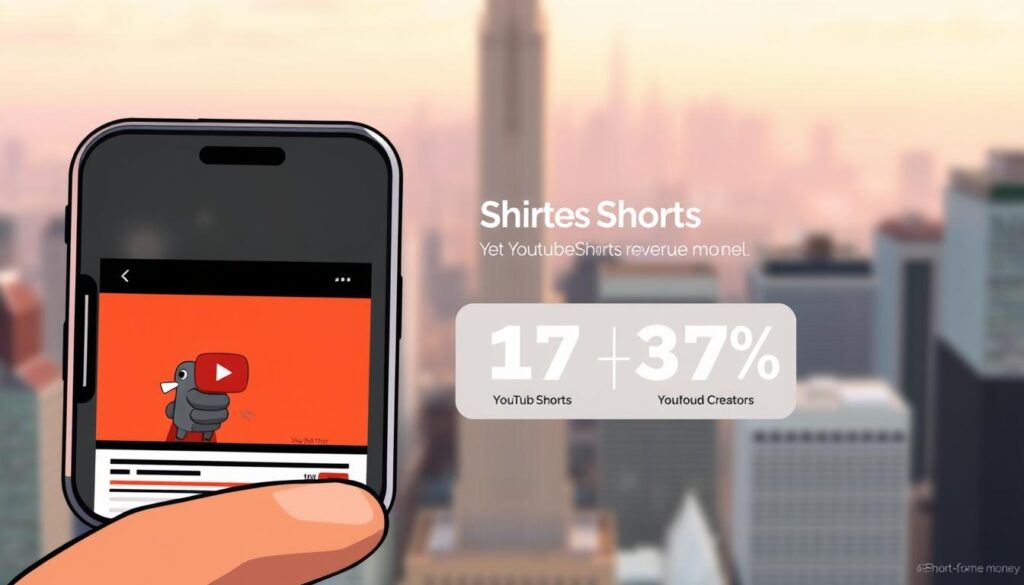
If you publish short videos, you need to know which views turn into real payments. First, opt into the Shorts Monetization Module. The module activates earnings the day you accept; past views do not count.
Accepting the module and engaged views
YouTube pays only for eligible or engaged views. That excludes non-original uploads, reused clips, and artificial views. Follow monetization policies and advertiser-friendly rules to keep your Shorts eligible.
The Creator Pool and your portion
Ads between Shorts are pooled monthly. After music licensing splits, monetizing creators get allocations by country based on eligible views. You then keep a fixed 45% portion of your allocation.
What won’t earn
Avoid blocked or claimed 1–3 minute Shorts and any content that breaks policies. Non-original uploads and fake views will disqualify those plays from revenue sharing.
Where to track payments and performance
Check YouTube Studio for green/yellow monetization icons and daily Shorts ad data in YouTube Analytics. AdSense handles final payments on its normal timeline. Plan consistent, original content and hooks to maximize eligible views and steady revenue sharing.
TikTok monetization realities for creators

TikTok can spark fast discovery, but turning views into steady revenue takes layered tactics.
Platform payouts are modest. Estimates range near $0.02–$0.04 per 1,000 views, depending on region and content quality. That means ads alone rarely cover full-time costs.
So what moves the needle? Use live streams, sponsorships, and affiliate marketing to lift RPM and create durable revenue.
Practical levers that increase earnings
- Live streams: promote products, accept tips, and run weekly sessions with clear offers.
- Sponsored content: pitch aligned brands; small engaged audiences can out-earn large but passive followings.
- Affiliate links: add links in tutorials and gear lists; disclose affiliations to keep trust.
- Cross-post to Reels and Shorts to compound views from one video asset.
- Drive viewers off-platform—email lists or membership hubs convert attention into recurring revenue.
| Channel | Typical RPM uplift | What to track |
|---|---|---|
| Platform ads | Baseline ($0.02–$0.04 / 1k views) | Eligible views, watch time, ad status |
| Live streams | Moderate to high (tips + product pushes) | Concurrent viewers, tip volume, conversion rate |
| Sponsored content | High (fixed fees per post) | Engagement, CTR, brand KPIs |
| Affiliate marketing | Variable (commissions) | Clicks, conversion rate, average order |
Set realistic expectations. Use TikTok for discovery and funnel viewers to offers that actually earn money. Test topics that deliver both reach and clicks. Repeat what converts, keep content original, and schedule live shows with a clear value promise to grow revenue consistently.
Affiliate marketing and sponsored content as revenue multipliers
Affiliate links and sponsored posts can turn trusted content into steady, diversified revenue with little extra production time.
Start with programs that fit your niche. Join Amazon Associates for broad product reach. Add ShareASale or Impact for higher commissions and niche partners.
Place links where intent is high. Product roundups, tutorials, and resource pages convert better than generic posts.
Disclosure, authenticity, and pricing sponsored integrations
Always disclose affiliate marketing and sponsored content clearly. Use platform tags (Paid Partnership, Branded Content), and add short textual notices near links.
Promote products you actually use. Authentic recommendations build trust and lift click-through and repeat purchases.
- Price sponsored integrations by engagement and reach, not just follower count.
- Include usage rights, timelines, and deliverables in your scope.
- Negotiate multi-post or cross-platform deals for stable revenue.
| Program | Typical commission | Best use |
|---|---|---|
| Amazon Associates | 1–10% (varies by category) | Product roundups, gear lists, quick-buy links |
| ShareASale | 5–30% (affiliate agreements) | Niche tools, software trials, long-form reviews |
| Impact | Variable; strong for SaaS and recurring | Subscriptions, B2B tools, high-ticket offers |
Track each link and topic. Prune low performers and double down on winners. Combine affiliates and sponsored content with your own products to balance income.
Final tip: Refresh evergreen posts with updated links and new offers to earn revenue from your library without heavy new work.
Productizing your expertise: courses, coaching, e-commerce
Make your content work harder by productizing lessons, tools, and live support. That means turning a series of posts, videos, or live demos into clear offers people can buy and use on their own time.
Pick a platform with intent: Udemy and Skillshare give built-in discovery for course traffic. LearnWorlds helps you brand a full academy with live sessions and analytics. Shopify powers merch and downloads. Etsy fits handmade goods and craft items.
Packaging, pricing, and bundling
Build a simple product ladder: a short intro workshop, a signature course, and higher-touch coaching. Offer access tiers like course-only, course + community, and course + coaching to suit different budgets.
Price by outcomes and support level. Test tiers and limited bonuses to find the best-performing package. Bundle courses with a subscription for office hours and community access to lift retention and perceived value.
- Use Shopify for merch and digital downloads and tie it to your email and social funnels.
- Etsy for physical items — optimize listings with strong images and keywords to promote products.
- Collect testimonials and case studies early to boost page conversions and long-term revenue.
“Small bundles and clear access tiers turn casual fans into committed buyers.”
For a practical example of turning knowledge into multiple income streams, see how I monetized my knowledge.
Community-first growth: engagement loops that increase LTV
Community can be your most reliable growth engine when you design clear participation loops. Start by naming the promise your members get and the weekly rituals they can expect.
Private groups, members-only threads, and live experiences
Treat community as a product. Define norms, a benefits calendar, and a short onboarding flow that points members to your best threads and starter content.
Use members-only threads for feedback, wins, and accountability. Short check-ins and weekly prompts boost stickiness and lower churn.
- Host live AMAs, workshops, and co‑working sessions to deepen ties and justify a subscription.
- Encourage peer-to-peer support—members learn from each other and reduce your support load.
- Reward super‑contributors with shout-outs or small perks to reinforce healthy behavior.
| Tool | Best use | What to track |
|---|---|---|
| Private group (Meta/Patreon) | Daily discussion, onboarding | Active posts/day, replies |
| Members threads (Substack/Patreon) | Feedback & wins | Thread engagement, follow-up actions |
| Live events | AMAs, workshops, co-working | Attendance, conversions, testimonials |
“Post → discuss → apply → share wins” is a compact loop you can test weekly to lift lifetime value.
Track participation, not just headcount. Ask members what content and perks they want and co-create offers that increase revenue and long-term support.
New frontier: launching a job board to monetize your niche audience
A targeted jobs list creates value for employers and members, and it scales with SEO. A small, focused board can become a steady revenue stream for your brand.
Revenue streams include per-listing fees, employer subscriptions, featured posts, and sponsorship slots. You can also sell newsletter inserts and ads to diversify income.
Example approach: launch quickly with a platform like Artha
Validate demand first. Survey your audience and partner employers to confirm open roles and candidate volume.
- Choose platforms like Artha to start fast; it provides SEO tools for keyword rankings, backlinks, and on-page suggestions.
- Monetize with per-listing fees, employer subscriptions, and featured placements for higher visibility.
- Offer a simple employer program with clear pricing, SLAs, and a dashboard that shows results.
Create content that feeds the board: salary guides, role breakdowns, and hiring checklists attract both sides and improve organic traffic.
Track rankings and conversions with basic analytics. Monitor fill rates, time-to-hire, and employer retention to refine pricing and offerings.
“Start small, prove value, then scale pricing and featured slots as demand rises.”
Mobile-first delivery and analytics to track what pays
When users browse and buy on mobile, small UX wins translate directly into higher revenue. Mobile already drives most consumption—about 53% of web traffic—and platforms like Facebook and YouTube are overwhelmingly mobile.
Why mobile matters
Design for quick access: fast pages, clear CTAs, and short descriptions lift conversion on small screens.
Use push notifications in your app or email to announce member drops, live events, and timely offers. These nudges increase visits and reduce churn.
KPIs that matter
Track core numbers weekly: conversion rate, churn, ARPU, and content performance by format. Also watch time-to-value—how fast new members reach their first win.
| Metric | Why it matters | Where to track |
|---|---|---|
| Conversion rate | Shows how well your funnel turns visitors into paying users | Landing pages, paywalls, app flows |
| Churn | Signals retention issues and pricing mismatches | Subscription dashboard, cohort reports |
| ARPU | Measures average revenue per user and tier mix | Billing system, analytics |
| Content performance | Finds which posts, videos, or emails actually drive upgrades | Content analytics, revenue by post |
“Small onboarding changes often move the needle more than big product launches.”
- Segment analytics by device to fix mobile friction fast.
- Build a simple dashboard that shows top posts by revenue and top videos by members added.
- Use creators’ feedback and member surveys when metrics plateau.
Quarterly reviews help you adjust offers, pricing, and packaging based on real data and the needs of your audience.
Conclusion
Close the loop: turn tests into repeatable offers that pay the bills.
Use direct-to-fan tools like Patreon and Substack for predictable monthly subscription revenue. On YouTube, aim for 1,000 subscribers and steady watch time, then add live streams, Supers, and YouTube Premium to diversify income.
Accept the Shorts Monetization Module and focus on eligible views; remember the 45% portion after music allocations. Use Meta tools—facebook partner monetization, Shops, and Creator Studio—to promote products and drive conversions.
Track outcomes, not just views. Document your program choices, follow platform policies, and nurture your community with exclusive content and clear support. Revisit this guide as you grow and keep iterating your mix to earn money consistently in 2025.
FAQ
What is the main difference between Patreon and Substack?
Patreon focuses on membership tiers, community features, and recurring payments for varied content types like videos, live streams, and patron-only posts. Substack centers on email newsletters with an easy free-to-paid conversion, direct subscriber ownership, and long-form written content. Choose Patreon for recurring community-driven benefits and Substack for newsletter-first publishing and subscriber portability.
How do I decide which revenue paths to prioritize?
Map your content format to revenue types. Use subscriptions and memberships for community and recurring income, sponsorships and affiliate links for scale, and products or courses for higher-ticket sales. Test one primary path, track conversion and ARPU, then layer ads, brand deals, or commerce as you grow.
What audience metrics should influence my platform choice?
Look at where your audience spends time, content cadence, and willingness to pay. Weekly listeners or readers favor subscriptions; frequent short-form viewers suit platform ad shares and tips; niche audiences with buying intent respond well to paid courses or shops. Prioritize platforms that match behavior and retain contact info.
When should I put content behind a paywall on Substack?
Start free to build trust and email list. Move to paid once you consistently deliver unique value—exclusive analysis, research, or regular long-form pieces. Offer a mix: some free posts to attract readers and limited paid posts to showcase the premium beat and justify subscription pricing.
How should I structure membership tiers on Patreon?
Create 3 clear tiers: entry-level (–7) with access to a members-only feed, mid-tier (–20) with exclusive content and early access, and premium (+) offering 1:1 calls, mentorship, or tangible goods. Keep benefits predictable and easy to deliver to reduce churn.
Can I use Facebook subscriptions alongside Patreon or Substack?
Yes. Use Meta subscriptions for platform-native fans and quick signups, while keeping Patreon/Substack as your membership backbone or email-owning channel. Avoid duplicating premium content; instead, offer platform-specific perks to prevent cannibalization.
What are Facebook in-stream ad eligibility requirements?
To qualify for in-stream ads you generally need videos longer than three minutes, around 30,000 one‑minute views in the past 60 days, and a sufficiently engaged follower base (often 10,000 followers). Always check Facebook’s current Partner Monetization policies for exact thresholds.
How does YouTube Partner Program (YPP) eligibility work now?
Basic YPP requirements typically include 1,000 subscribers and around 4,000 public watch hours in the last 12 months—or equivalent Shorts thresholds. Meeting these unlocks ads, channel memberships, Super Chat, and revenue from YouTube Premium views.
What should I know about Shorts revenue sharing?
Shorts revenue is pooled: creators who opt into the Shorts monetization module share ad revenue based on engaged views, with platform and music splits applied. Originals earn more; non-original uploads, artificial views, or ineligible lengths can disqualify earnings. Track performance in YouTube Analytics.
How can I increase earnings on TikTok?
Combine multiple streams: grow organic reach to boost RPM, host live streams for gifts, secure sponsorships, and add affiliate links. Focus on original content and high engagement to attract brand deals and platform bonuses.
Which affiliate networks are best for small creators?
Popular and reliable options include Amazon Associates for broad product reach, ShareASale for niche merchants, and Impact for larger brand partnerships. Choose based on product fit, commission rates, and reporting tools.
How much should I charge for subscriptions—monthly or annual?
Test both. Monthly pricing lowers the barrier; annual pricing boosts retention and ARPU. Common tactics: offer a discount for annual plans (10–20%) and tiered pricing aligned with value. Use audience-size math to forecast revenue and churn impact.
What KPIs matter for tracking what pays?
Track conversion rate, churn, ARPU (average revenue per user), LTV (lifetime value), and content engagement. For ads and short-form, monitor RPM and watch time. Use mobile analytics since most consumption happens on phones.
How do I avoid platform lock-in and keep my audience portable?
Own an email list via Substack or a separate CRM. Cross-promote platform profiles and offer exclusive but non-essential perks on each platform. Regularly export subscribers and use links or funnels to bring fans to your owned channels.
What retention tactics actually work for memberships?
Deliver consistent, exclusive value; create member-only events; communicate clear schedules; use onboarding messages; and solicit feedback. Small, regular perks—Q&As, early access, or discounts—improve loyalty more than irregular big launches.
Can I sell courses or coaching alongside subscriptions?
Yes. Bundle courses or coaching as higher-tier perks or standalone products. Use platforms like Teachable, LearnWorlds, or Udemy for courses and Calendly plus Stripe for coaching bookings. Bundling with memberships increases LTV and provides tiered value.
How do I monetize a niche job board?
Offer paid listings, featured posts, employer subscriptions, and sponsorships. Use SEO to attract job seekers and employers. Platforms like Artha or a custom WordPress setup can power listings while you sell access and promotion.
What legal and disclosure practices should I follow for sponsored content?
Always disclose paid partnerships clearly (e.g., “sponsored by” or platform-required tags). Follow FTC guidelines: be transparent, honest, and avoid misleading claims. Keep contracts that define deliverables, usage rights, and payment timelines.
How soon can I expect payouts from platforms?
Payout schedules vary: Patreon and Substack often have monthly payouts with payout thresholds; YouTube and Facebook typically pay monthly with processing delays. Check each platform’s payment terms and don’t forget to account for Stripe processing fees (usually 2.9% + 30¢) alongside the platform’s cut.


